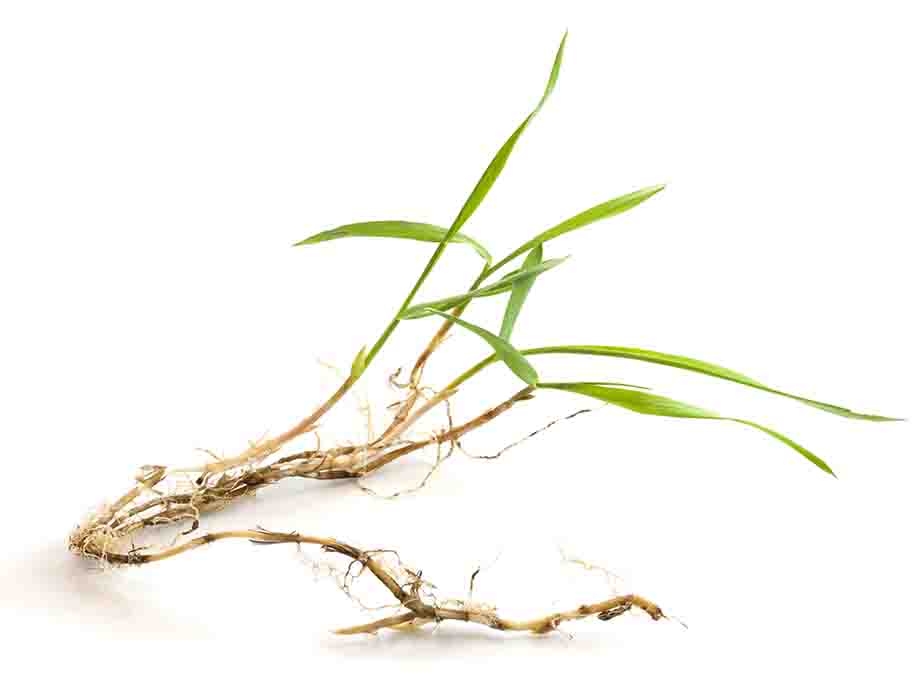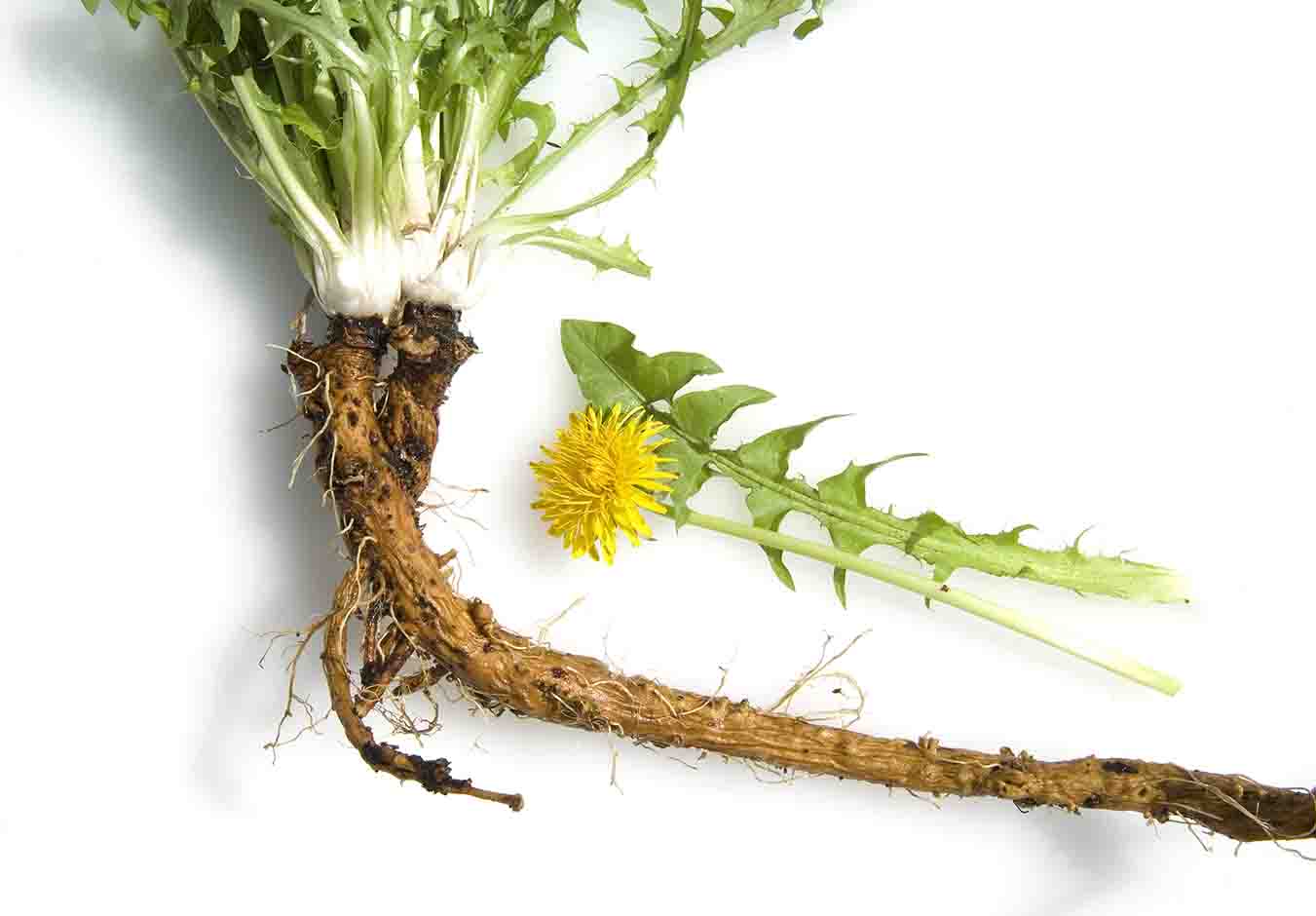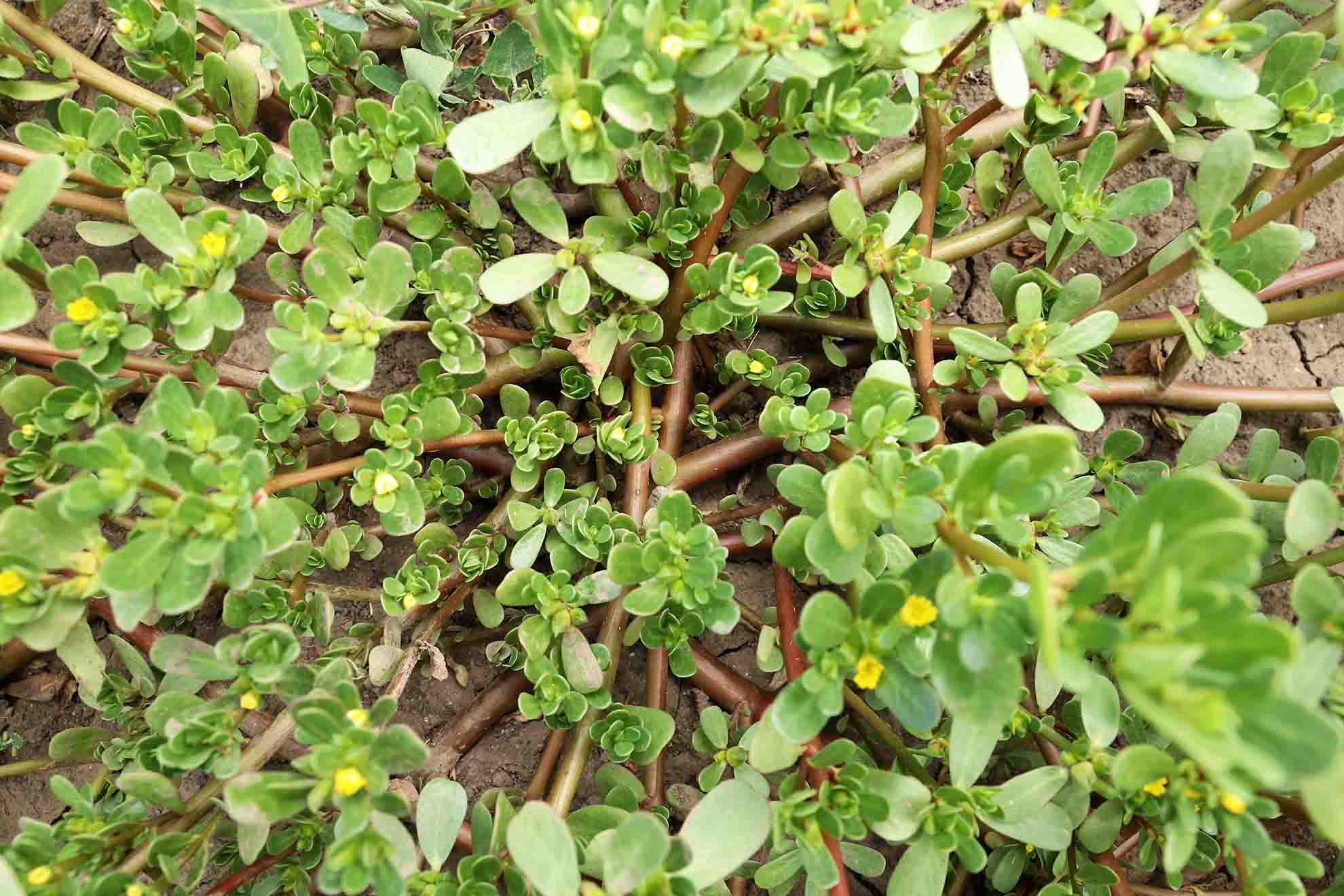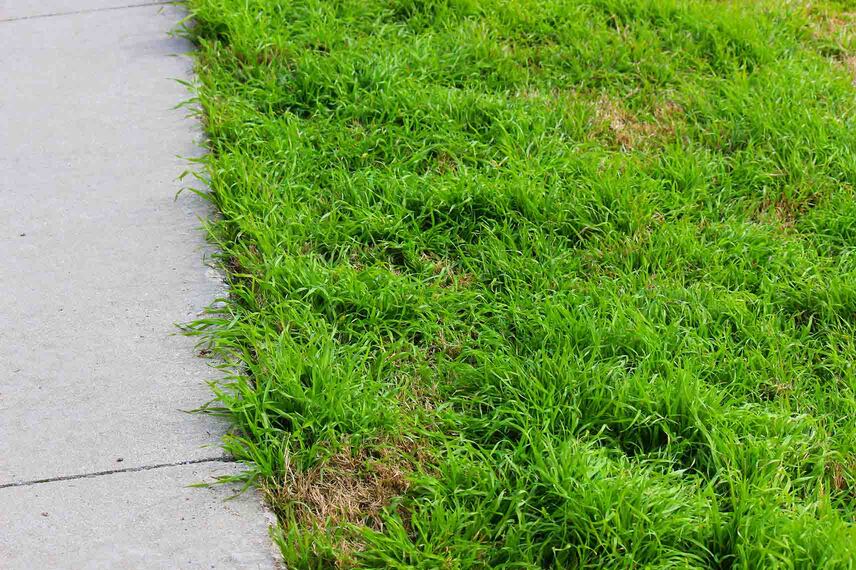Last Updated:
October 22, 2025
Weeding is one of the oldest and most common garden maintenance tasks. However, not every weed is a good candidate for hand removal. Some are shallow-rooted and easy to extract, while others have deep, complex root systems that break apart and regrow after pulling. Knowing the difference can save you time and frustration and help you achieve longer-lasting weed control.
Let’s explore practical techniques for successful hand-weeding and learn how to identify when pulling weeds by hand may be an effective option.

Many weeds can be effectively managed through hand-pulling because of their structure and life cycle. The weeds that respond best to manual removal usually have shallow root systems that don’t anchor too deeply into the soil. Annual weeds (plants that sprout, grow, and die within a single growing season) fall into this category more often than not. Because they haven’t had time to develop a large taproot or extensive underground runners, they can often be removed completely by pulling gently from the base of the stem.
These weeds are also easier to pull when the soil is moist, such as after rainfall or watering. Moist soil loosens the grip around the roots, allowing you to lift them intact. When removed before they flower or go to seed, you can prevent them from spreading further throughout your lawn or garden.
Because these weeds reproduce quickly but don’t have complex underground systems, removing them entirely can break the growth cycle and give your desirable plants more space and nutrients to thrive. Weeds that are ideal for hand-pulling often include:

On the other hand, not all weeds surrender so easily. Some have evolved extensive underground structures, such as rhizomes, stolons, or taproots, that make them resilient against hand removal. Even if you pull part of the plant, fragments of the root system often remain behind. These remnants can regrow, sometimes even stronger than before.
Perennial weeds, which live for multiple growing seasons, are the most notorious for this. They can regenerate from even small root pieces and are capable of spreading underground faster than you can remove them. Deep-rooted weeds like dandelions or thistles can also be deceptive: while you might remove the visible part above ground, the taproot can stretch several inches deep. Unless you extract the entire root, the plant will return.
These types of weeds often require tools such as a weeding fork, spade, or specialized root puller to be removed effectively. In severe infestations, chemical treatments or solarization may be necessary to fully eliminate them from an area. Hard-to-pull weeds often include:

Knowing which weeds can be removed by hand starts with understanding their growth habits and structures. A bit of close observation can tell you whether pulling will be an effective method or a wasted effort.
On the other hand, weeds that resist being pulled, snap off at the surface, or immediately regrow from broken pieces are likely perennial or deep-rooted. If you notice thick, rope-like roots or creeping stems running beneath the soil surface, hand-pulling probably won’t be effective.
To get the most out of manual weeding, focus your efforts on identifying and targeting the weeds that will actually stay gone once removed. Here are some key traits that indicate a weed can likely be pulled by hand:
Fortunately, many of the most common lawn and garden weeds are easy to remove manually, especially if you catch them early in their growth. Below is a list of frequent offenders that respond well to hand-pulling.
.jpg)
Chickweed is a low-growing annual with small, star-shaped white flowers. It thrives in cool, moist conditions and spreads rapidly across bare soil. Because of its shallow roots, it can be pulled easily by hand before it flowers.
.jpg)
Crabgrass is an annual grassy weed that grows in clumps and spreads along the ground. When soil is damp, you can usually pull crabgrass out by its roots. Removing it before it seeds is crucial, as each plant can produce thousands of seeds.

This warm-weather annual forms dense mats close to the ground. The stems exude a milky sap when broken. Fortunately, spurge has weak roots and can be lifted easily, but it must be removed before it produces seed capsules that burst and scatter.

Purslane is a succulent annual weed with fleshy stems that lie flat along the soil surface. Though it’s edible, it spreads aggressively in gardens. It’s easy to pull when young, but the stems can re-root if left on the ground, so be sure to dispose of them properly.

This cool-weather grass weed appears in lawns in early spring. Because it’s an annual with shallow roots, it pulls out easily, especially after watering. Early removal can prevent it from reseeding and returning next season.

While identifying the right weeds to pull is essential, your technique and timing also play a big role in your success. A few small adjustments can make manual weeding faster, easier, and more effective. For larger or deeper-rooted weeds, combining hand-weeding with other methods, like spot-treating with herbicides or using landscape fabric, can help maintain a clean, weed-free space.

While hand-weeding is simple and eco-friendly, there are times when it’s not the best option. In these cases, using a combination of mechanical tools, mulching, and selective herbicides may produce better long-term results. Avoid pulling weeds by hand when:
Hand-pulling weeds remains one of the most reliable and natural ways to manage unwanted growth in your lawn or garden. The key is to focus on weeds that respond well to this method, which are those with shallow roots, soft stems, and limited spreading potential.
When done regularly and correctly, this age-old gardening practice helps you develop a closer connection with your garden by creating a weed-free landscape you can truly be proud of!